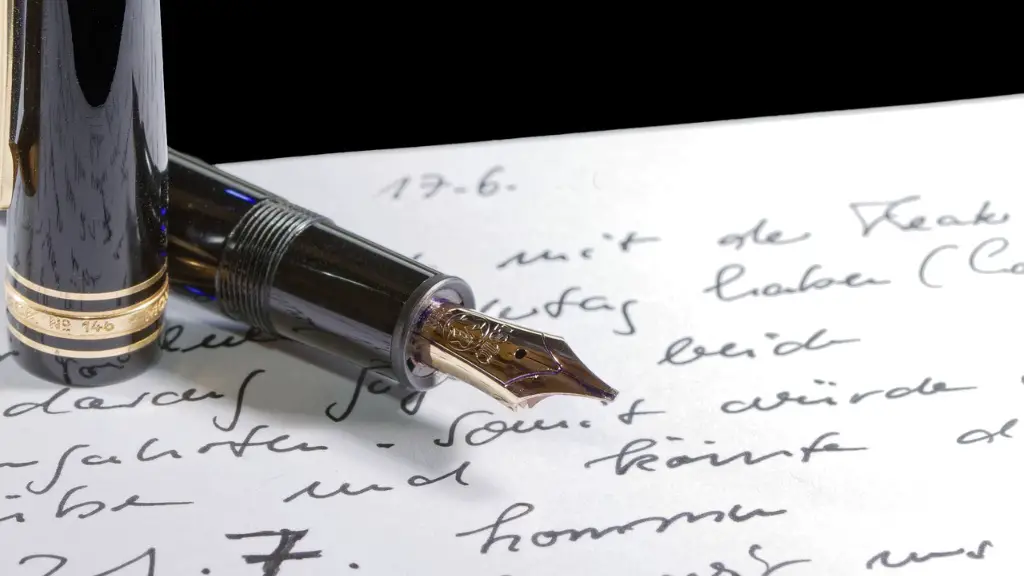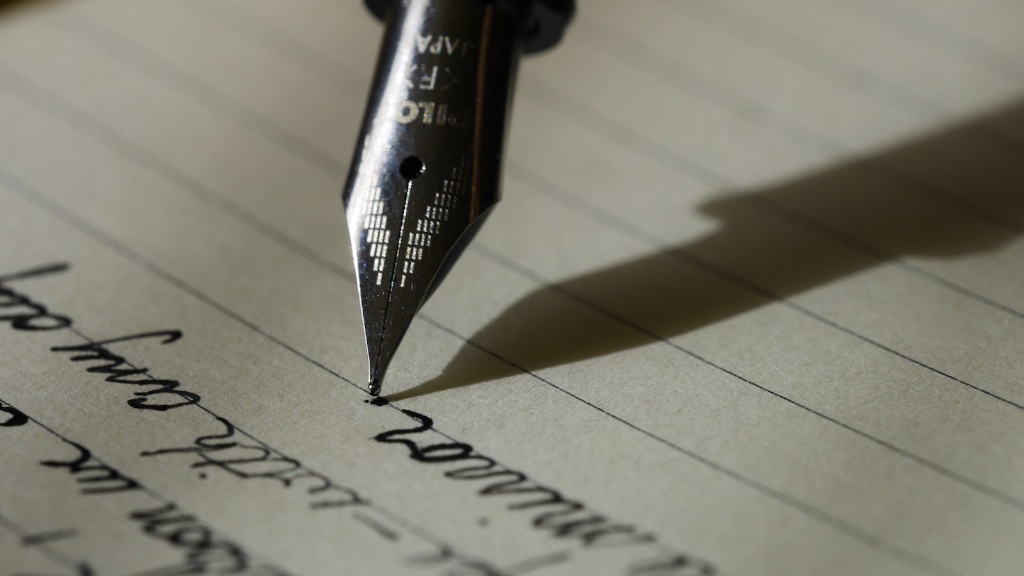Overview
Poetry is an art form that can be fun and yet challenging to teach to students. It requires a careful assessment of the elements of poetry and how they are used to create a successful poem. This article will explore various strategies for how to teach elements of poetry to help students understand it more deeply and to be able to write their own successful pieces of poetry.
Background Information
Before teaching elements of poetry, it is important to help students understand what poetry is. Poetry is a form of literature made up of words and phrases organized into rhythmic lines and stanzas in which some or all of the elements of language are used to create a particular effect. Generally, a poem consists of sound, imagery and emotions. Poetry can also be written in traditional or contemporary styles, or even combined in a hybrid form.
Relevant Data and Perspectives from Experts
According to experts, one of the most effective ways to teach elements of poetry is to demonstrate the difference between prose and poetry by comparing a passage of prose with a poem. Showing students which elements hold similarities and differences allows them to understand and appreciate the different qualities that the two distinct forms of writing possess. Additionally, the use of concrete examples, like song lyrics, can be used to help students more clearly understand how elements such as rhythm, rhyme and meter contribute to a successful poem.
It is also essential to emphasize that poetry does not equal rhyme. Explain to students that the structure of words and rhythms of a poem does not have to follow the patterns of rhyme, which can distract readers from a poem’s overall meaning.
Analysis and Insights
To encourage students to explore their creative side, it is important to introduce and encourage certain writing techniques. One of these is free writing, which is a type of writing where students are encouraged to just write as much as they can around a certain topic. In this way, they can explore different ideas and gradually hone their writing skills.
Having students read and analyze poems by famous poets in order to understand how they use various poetic elements can also be a helpful exercise. Focusing on the elements of the poems and how they work together within the poem is an important skill for students to learn.
Exploring Formal Poetry
When teaching elements of poetry, it is also important to discuss examples of formal poetry. Formal poetry, such as sonnets and villanelles, follows a specific structure and use a set rhythm or rhyme scheme. Providing students with examples of different types of formal poetry and having them analyze the different elements can help them gain a better understanding of how different techniques and structures can be used to create a successful poem.
Conclusion
The key to effectively teaching elements of poetry is to emphasize that it is an art form that requires both creativity and thoughtfulness. Explaining to students how different elements can combine to create a powerful piece of writing can be a helpful stepping-stone for them in exploring their creative flow. Furthermore, providing examples of different types of formal poetry that draw on the elements of the poem can also help students gain further insight into the craft of poetry writing.

